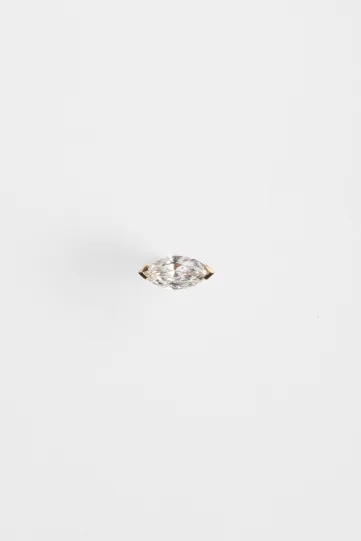Since its extraction from the mine, the diamond has come a long way. The centerpiece of an engagement ring, it has been passed on to children and then grandchildren. It was then transformed into a necklace by its last owner, who now wishes to resell it. Several options are open to her:
- Jewelry: Some jewelry stores offer jewelry buy-backs, a simple and straightforward way to sell off your property quickly.
- Comptoir specializes in buying back gold and diamonds: They will be appraised and purchased by specialists (diamond dealers).
- Au ction: This is an interesting option for putting buyers in competition with each other and getting the best price.
- Online sales sites: Secure second-hand platforms make it easy to sell jewelry on the web.
Warning: before starting to sell antique jewelry, it's important to find out about the taxes to which the owner is subject. There is a flat-rate tax on precious objects (TFOP), which must be paid if the value of a piece of jewelry exceeds €5,000.
You will also need to provide the buyer with a number of documents:
- Certificate of authenticity: To prove the jewel's origin and attest to its authenticity. This can reassure the buyer of the jewel's provenance.
- Diamond certificate: Issued by an independent gemological laboratory, it details the diamond's characteristics (cut, color, clarity, carat weight). Certificates from reputable laboratories such as GIA (Gemological Institute of America) or IGI (International Gemological Institute) are generally well accepted on the market.
- Professional appraisal: It may be a good idea to have the jewelry appraised by a jewelry expert. This appraisal may not require an official certificate, but it can give the buyer a clearer idea of the jewel's value.
- Original purchase invoice: Where possible.













